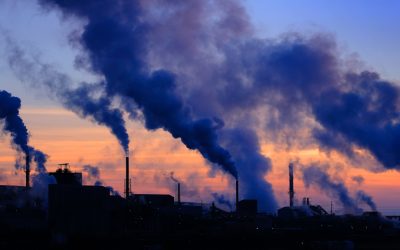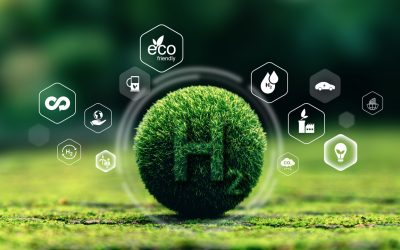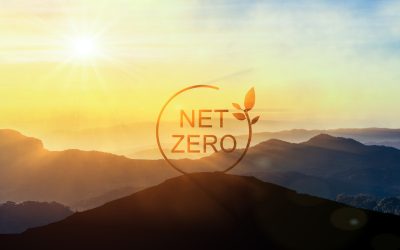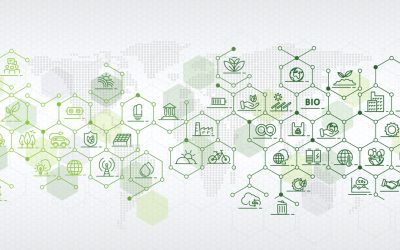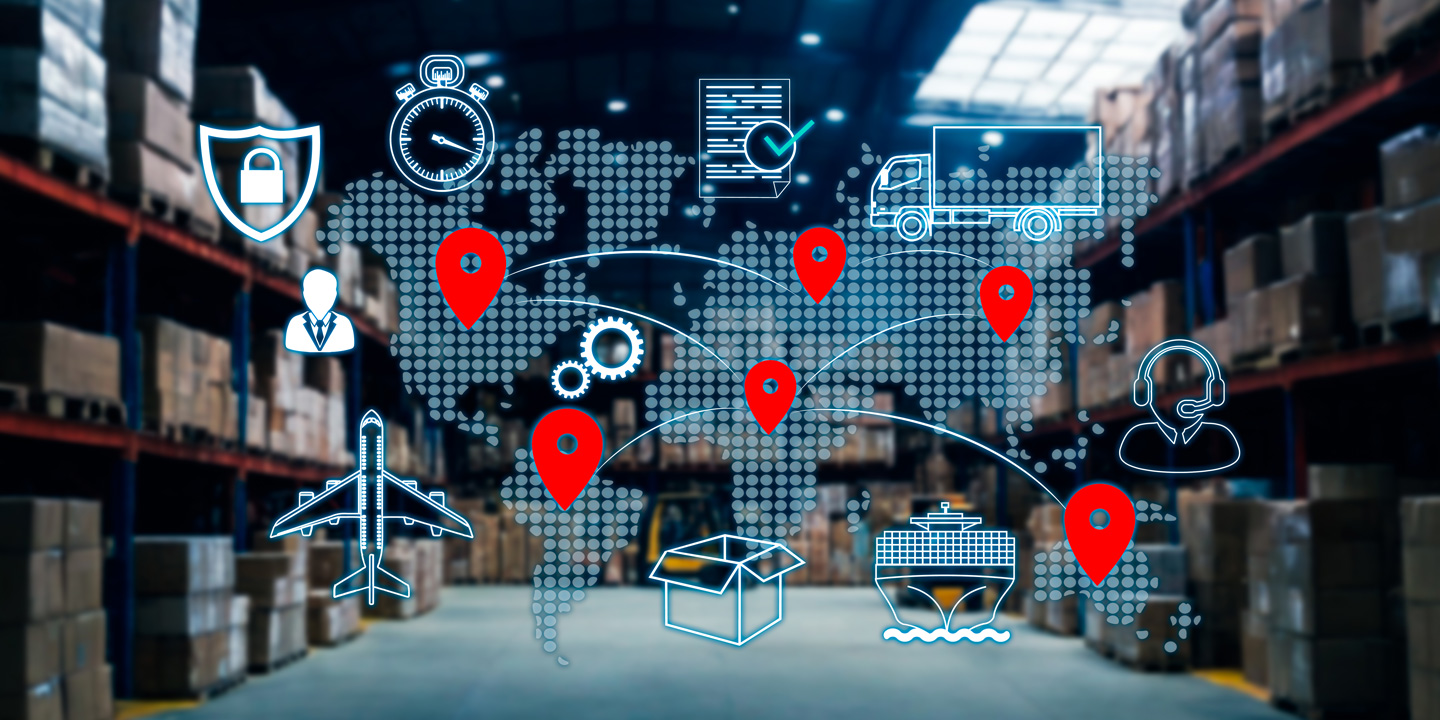
In the realm of business sustainability, understanding and mitigating greenhouse gas emissions have become paramount. Among the various categories of emissions, Scope 3 and Scope 4 emissions are crucial but often misunderstood. In this article, we delve into the nuances between these two types of emissions and their significance in advancing sustainability goals for businesses.
Scope 3 Emissions: Unveiling the Indirect Impact
Scope 3 emissions encompass a broad spectrum of indirect greenhouse gas emissions that occur outside of a company’s direct control but are associated with its activities across the value chain. This category goes beyond a company’s operational boundaries, encapsulating emissions stemming from activities such as purchased goods and services, transportation and distribution, employee commuting, and even end-of-life treatment of products. Essentially, Scope 3 emissions reflect the downstream and upstream carbon footprint of a company’s entire operations.
Scope 4 Emissions: Zooming in on Product-Related Impact
On the other hand, Scope 4 emissions, also known as upstream and downstream emissions, provide a more focused lens on the indirect emissions directly linked to a company’s products or services. These emissions extend beyond the operational footprint to encompass the entire lifecycle of products—from raw material extraction and manufacturing processes to distribution, product use, and disposal. Essentially, Scope 4 emissions offer a granular view of the environmental impact associated with specific products or services offered by a company.
Key Differences and Implications
- Scope Coverage: The primary distinction between Scope 3 and Scope 4 emissions lies in their scope coverage. While Scope 3 emissions encompass a broader range of indirect emissions across various operational and value chain activities, Scope 4 emissions specifically target those associated with the production, distribution, and usage of specific products or services.
- Focus on Products vs. Overall Operations: Scope 4 emissions zoom in on the environmental impact of products or services, providing insights into their lifecycle emissions. In contrast, Scope 3 emissions offer a holistic view of a company’s overall operational footprint, including both direct and indirect emissions across diverse activities.
- Measurement and Management Challenges: Both Scope 3 and Scope 4 emissions present measurement and management challenges for businesses. However, Scope 4 emissions may pose additional complexities due to the need for detailed lifecycle assessments and collaboration with supply chain partners to gather relevant data.
Why It Matters for Business Sustainability
Understanding the difference between Scope 3 and Scope 4 emissions is instrumental for businesses committed to advancing sustainability objectives. By accurately measuring, disclosing, and mitigating these emissions, companies can:
- Enhance Transparency: Transparent reporting of Scope 3 and Scope 4 emissions demonstrates a company’s commitment to environmental stewardship and builds trust with stakeholders.
- Drive Supply Chain Engagement: Addressing Scope 3 and Scope 4 emissions necessitates collaboration with suppliers and partners, fostering a more sustainable and resilient supply chain.
- Identify Opportunities for Improvement: Detailed insights into product-related emissions enable companies to identify opportunities for innovation, resource efficiency, and emission reductions across the entire value chain.
Scope 3 and Scope 4 emissions play pivotal roles in shaping a company’s sustainability performance and environmental impact. While Scope 3 emissions provide a comprehensive view of indirect emissions across operations, Scope 4 emissions offer a focused perspective on product-related emissions. By understanding the nuances between these two categories and integrating strategies to address them, businesses can strengthen their sustainability efforts and contribute to a more sustainable future.
References
1. IPCC, 2014: Climate Change 2014: Synthesis Report. Contribution of Working Groups I, II and III to the Fifth Assessment Report of the Intergovernmental Panel on Climate Change [Core Writing Team, R.K. Pachauri and L.A. Meyer (eds.)]. IPCC, Geneva, Switzerland, 151 pp.
2. Wiedmann, T., et al. (2020). The carbon footprint of the global ICT and E&M sectors: Current status and future trends. Journal of Cleaner Production, 254, 120092.
3. Weidema, B. P., et al. (2009). The Ecoinvent Database: Overview and Methodology. International Journal of Life Cycle Assessment, 13(1), 3-9.
4. UNFCCC. (2015). Paris Agreement. Retrieved from https://unfccc.int/sites/default/files/english_paris_agreement.pdf
What are the 9 Planetary Boundaries and why do they matter?
The planetary boundaries framework, first introduced in 2009 by Swedish scientist Johan Rockström and his colleagues, updated in subsequent...
Scope 4 emissions: Addressing Upstream and Downstream emissions
In recent years, the conversation surrounding sustainability in business has expanded beyond just internal operations to encompass the entire value...
Understanding Emissions Scopes: What are scope 1, 2 and 3 emissions?
Understanding and effectively managing greenhouse gas emissions is essential in Business Sustainability. Emissions are commonly categorised into...
Understanding Net Zero
In recent years, the concept of achieving "net zero" has gained significant traction in the realm of sustainability, particularly concerning...
Embarking on a Business Sustainability Journey: Key Steps to Get Started
In today's increasingly environmentally-conscious world, businesses are recognising the importance of integrating sustainability into their...
What is Business Sustainability? Building a Sustainable Future
Building a Sustainable Future: The Key Elements of Business Sustainability In today's world, the concept of sustainability has become more than just...

